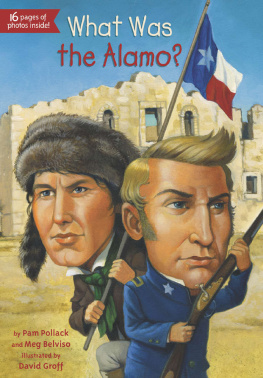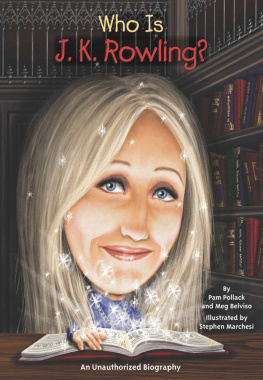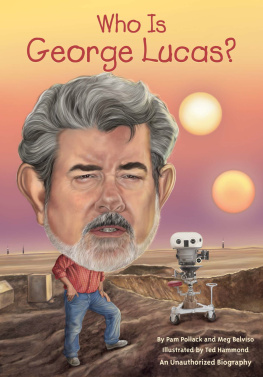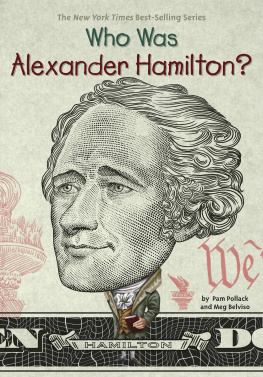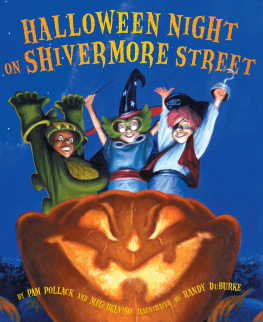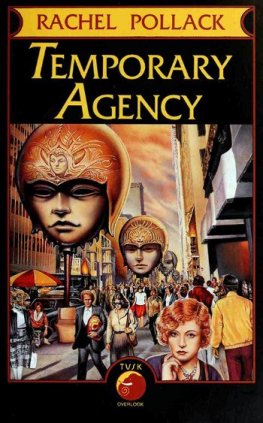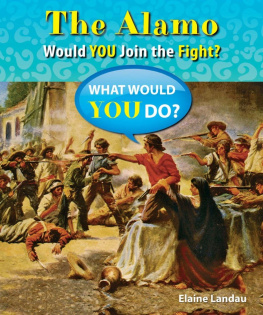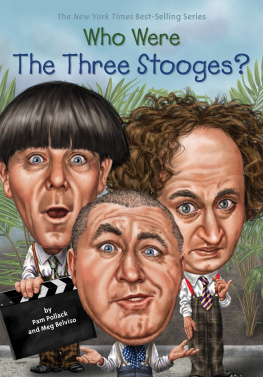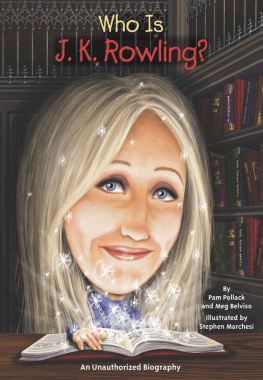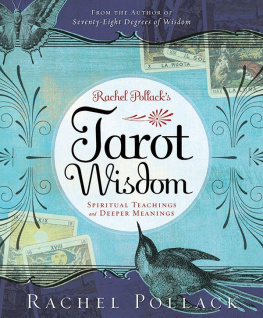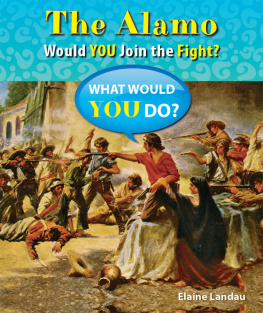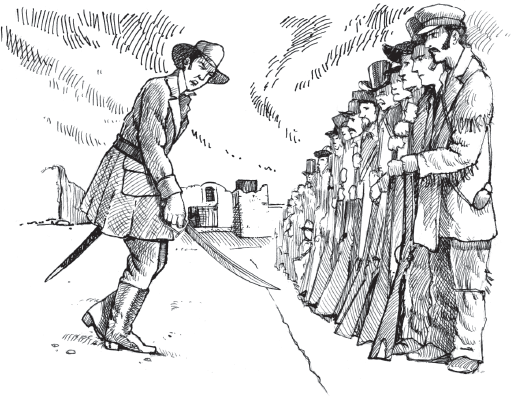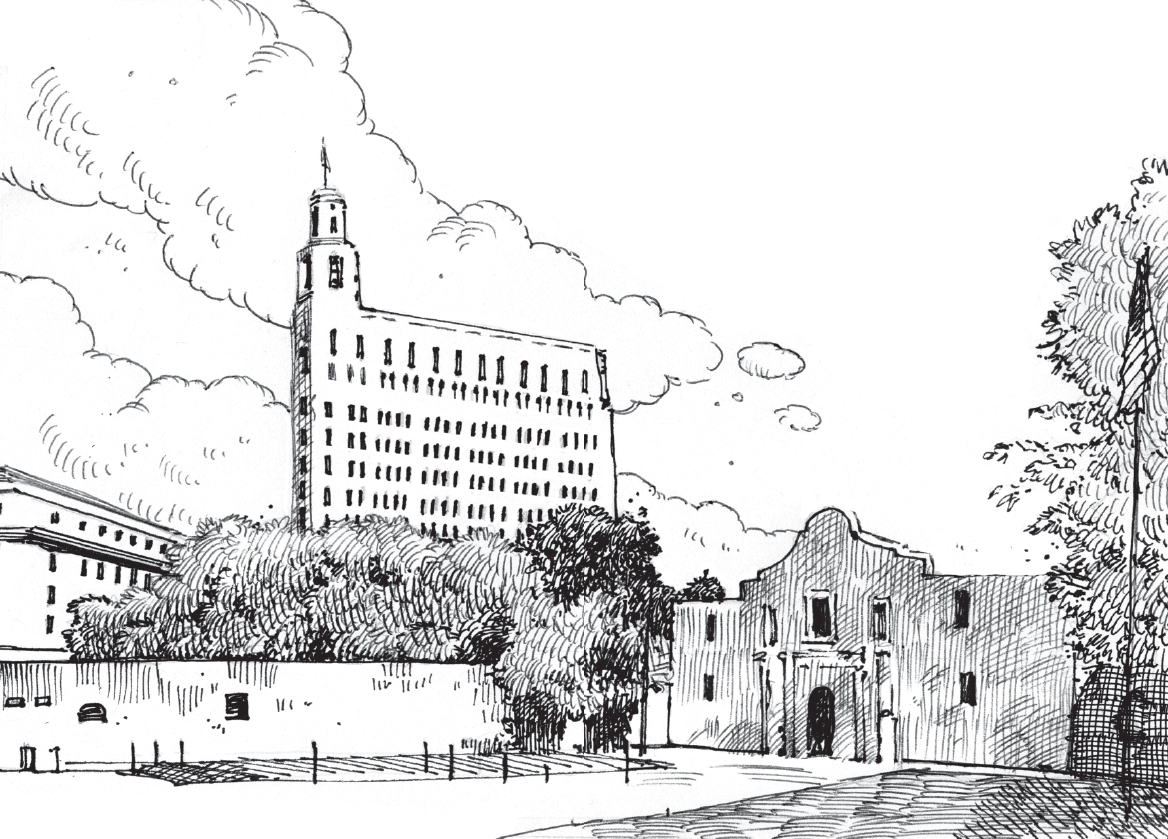What Was the
Alamo?
by Pam Pollack and Meg Belviso
illustrated by David Groff

For Charlie Taylor, silver of tongue, noble of deedPP
To T.R. & Fran, always up for a fandangoMB
To my wife, CherylDG
GROSSET & DUNLAP
Published by the Penguin Group
Penguin Group (USA) Inc., 375 Hudson Street, New York, New York 10014, USA

USA | Canada | UK | Ireland | Australia | New Zealand | India | South Africa | China
Penguin Books Ltd, Registered Offices: 80 Strand, London WC2R 0RL, England
For more information about the Penguin Group visit penguin.com
All rights reserved. No part of this book may be reproduced, scanned, or distributed in any printed or electronic form without permission. Please do not participate in or encourage piracy of copyrighted materials in violation of the authors rights.
Purchase only authorized editions.
Text copyright 2013 by Pam Pollack and Meg Belviso. Illustrations copyright
2013 by Penguin Group (USA) Inc. All rights reserved. Published by Grosset & Dunlap, a division of Penguin Young Readers Group, 345 Hudson Street, New York, New York 10014. GROSSET & DUNLAP is a trademark of Penguin Group (USA) Inc.
Library of Congress Cataloging-in-Publication Data is available.
ISBN: 978-0-698-15972-3


What Was the Alamo?

In downtown San Antonio, Texas, sit the ruins of an old church. It is crowded in among office buildings, hotels, and shops. This is all that remains of an old Spanish mission. In the 1700s, missions were where Catholic priests lived and prayed. They also tried to teach their religion to tribes of Native Americans. But the tribes had no interest. By 1793, the mission had been turned into a fort known as the Alamo. (In Spanish, lamo means cottonwood tree; the name refers to a company of soldiers that had been stationed there.)
The front of the church appears very ordinary. But if you look closely at the white walls, you may find the scars from bullets and cannonballs fired more than 175 years ago. They are from a terrible battle that was fought here in March 1836. Today, over 2.5 million people come to visit each year. Many think of the Alamo as the cradle of Texas liberty.
Why? What does the Alamo mean to the people of Texas, and to the rest of the United States?

CHAPTER 1
Come and Take It

Since the 1500s, when Spanish explorers first came to the New World, Spain had ruled Mexico. By 1820, Mexico had spread down through Central America, up as far north as present-day Oregon, and all the way to the west coast of North America. It included a huge chunk of land called Texas that shared borders with Louisiana.
In 1821, Mexico won its independence. It no longer belonged to Spain. There was a new government with a constitution. The Mexican Constitution was based in part on the US Constitution and granted many of the same rights, including the right to elect members of the government and the right of the states to govern themselves.
Very quickly, English-speaking settlers from the southern United Statesfrom Louisiana, Tennessee, and Alabamacame flooding into Texas. Buying land there was cheapas low as four cents an acre. People in the United States were said to have caught Texas fever.
At first, Mexico didnt mind the arrival of American settlers. The country needed more people to help defend it against frequent attacks from Native American tribes such as the Comanche and Apache. The Mexicans, however, had a few rules: The settlers from the United States had to become Catholic. They had to swear to be faithful to the country of Mexico. Also, slavery was not allowed in Mexico.
The trouble was that Texians, as these English-speaking settlers were called, didnt like to follow rules. Some brought slaves along and intended to keep them. The settlers didnt want to become Catholic. All they wanted was the chance to own land. There was plenty of that in Texas. So they made Mexico their home. They put down roots.
In time, some Texians came to think of themselves as citizens of Mexico. Some married Tejanosnative Spanish-speaking Mexicansand had families.
In 1832, things changed. A Mexican general named Antonio Lpez de Santa Anna grabbed control of the government. He had been a hero in Mexicos war for independence against Spain. Now he tossed aside the Mexican Constitution. Santa Anna declared even a hundred years to come my people will not be fit for liberty, and made himself dictator. When he took control, several states rebelledand Santa Anna used force to stop the rebellions and punish the states.
In Texas, both Texians and Tejanos were divided over what to do about Santa Anna. Some Texians, like Stephen F. Austin, favored Texas remaining part of Mexico. They hoped in time Santa Anna would become more reasonable and let go of power. Others, such as Sam Houston, wanted war. They thought Texas had to break free from Mexico and Santa Anna. They wanted independence.
Stephen F. Austin


